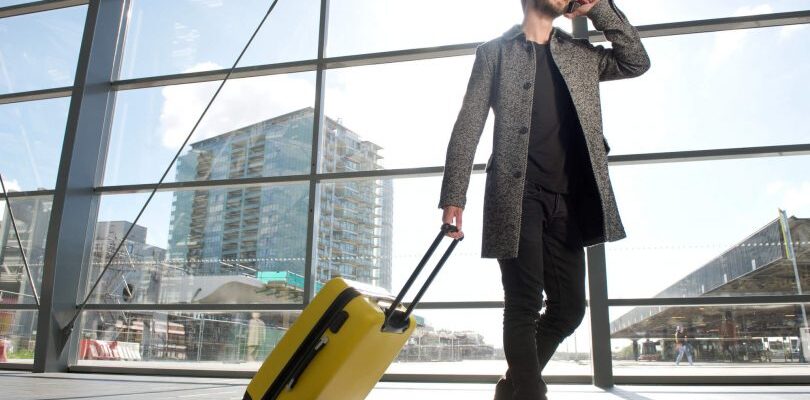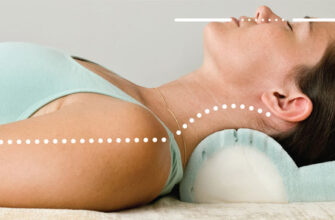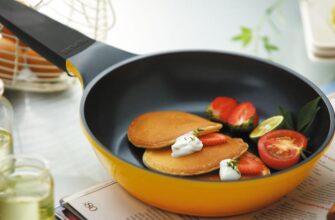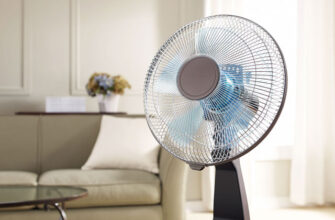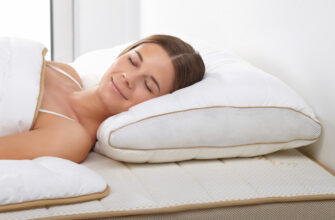To choose a durable and convenient suitcase, you need to take into account the material from which it is made, the reliability of the fasteners, the number of wheels, weight and other parameters. We will tell you how to do this in our article.
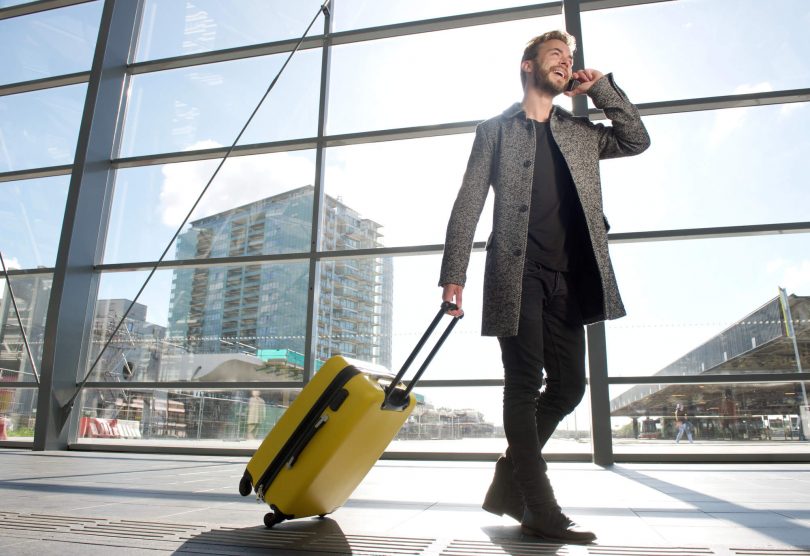
- Choosing the size of the suitcase
- Choosing the material of the suitcase
- Plastic suitcases
- disadvantages
- Fabric suitcases
- disadvantages
- Aluminum suitcases
- disadvantages
- What should be the wheels and handles of a suitcase
- Wheels
- Two-wheeled products
- Four-wheel products
- A pen
- Choosing a suitcase fittings
- Clasps
- Locks
- How to choose a suitcase. Attention to tailoring and quality of fasteners
Choosing the size of the suitcase
Are you going to use the services of an airline? Not sure how to choose a suitcase. Then be sure to check the weight and size standards for carry-on and luggage.
Most aviation companies allow carrying a suitcase into the aircraft cabin if the sum of its dimensions (width + height + depth) does not exceed 115 cm. All protruding parts – wheels, handles, pockets are taken into account. For baggage, the allowable amount of these measurements is 158–208 cm, and the size and weight standards are set by each airline individually.
If you are flying in Economy Class, keep in mind that your carry-on baggage must weigh 5-10 kg and your luggage must be up to 23 kg. If you are traveling in business class, these values increase to 15 kg and 32 kg, respectively. You will have to pay extra for overloading your luggage and hand luggage.
When buying a travel bag, be sure to consider its weight and dimensions. Suitcases are:
-
Small ('S' size) – can be taken in the aircraft cabin. Their dimensions are 48 (height) x 30 (width) x 20 (depth), 45 x 34 x20, 55 x36 x22, etc. The volume of such models varies from 25 to 45 liters, and the weight – from two to three kilograms.
-
Medium (size 'M') – cannot be used as carry-on baggage. Suitable for a week trip to another country or a short vacation. A medium sized suitcase can be used even by a fragile girl if she has to carry it a short distance, for example, lower it down the stairs. The average dimensions of such products are 65 x 42 x 24, the volume is 70 liters, and the weight is three to five kilograms.
-
Large (size 'L') – used for long travel, honeymoon, long-term business trip, etc. On average, the width of such a suitcase is 44 cm, height – 72 cm, depth – 26 cm, and volume – 85 liters. Large suitcases weigh about four to six kilograms. Some models may have a volume of 100-120 liters.
Choosing the material of the suitcase
Suitcases are made of plastic, aluminum or fabric treated with a special impregnation. They all have their own advantages and disadvantages.
Plastic suitcases
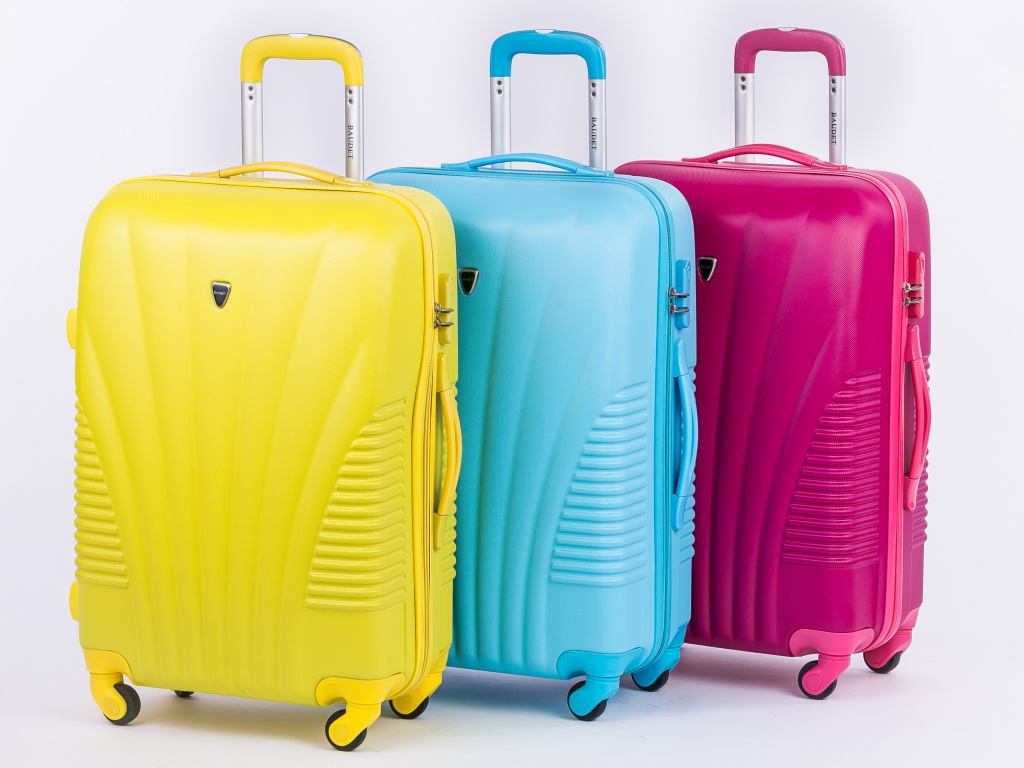
Manufactured from ABS, polycarbonate or polypropylene. They are resistant, shatterproof and weatherproof materials that are lightweight and have good impact resistance. Longest service life and lightest weight for polycarbonate models. Polypropylene products are characterized by high rigidity, so they can be transported half-empty, and ABS plastic suitcases are considered the most fragile and unreliable.
Many cheap 'No name' products are made of low-quality plastics, which crack and break under slight mechanical stress. Therefore, you should not chase low prices. It is better to spend once on a quality product from a trusted manufacturer (for example, 'Samsonite', 'Rimowa' or 'Roncato') than buying a new suitcase for each trip.
Remember, the lower the price of a suitcase, the more likely it is made of low quality and cheap material.
Advantages
-
Low weight;
-
Plastic suitcases can be easily cleaned with a damp cloth.
-
The hard case of the suitcase protects the contents from crushing and damage caused by careless actions (for example, excessive 'diligence' of airport employees);
-
Protection from rain, snow and other adverse weather conditions;
-
Resistant to shock and damage;
disadvantages
-
Some budget models have low strength and durability, as well as poor deformation resistance;
-
They are easy to scratch.
Fabric suitcases
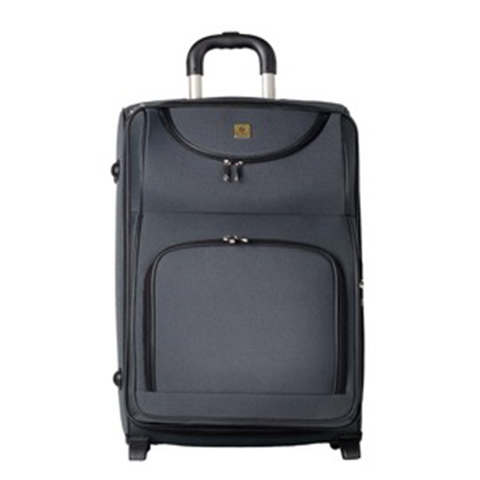
These products are often made from synthetic fabrics (polyester, nylon, etc.), treated with a special moisture-repellent impregnation. Fabric suitcases are lightweight and have good capacity.
Advantages
-
Cloth models are equipped with a large number of pockets that can be used for small items, and, therefore, find the item you are looking for faster;
-
Affordable price;
-
The fabric suitcase can bend and shrink, making it easier to squeeze into tight spaces (under a seat or on a shelf), compared to plastic and aluminum models that have fixed dimensions;
-
Small weight allows you to put more things in the suitcase for the duration of the flight and 'fit' into the weight norms for carry-on and luggage;
disadvantages
-
It is more difficult to care for fabric products than for plastic models. Stains should be wiped off with a cloth moistened with soapy water, and stubborn dirt should be removed with stain removers;
-
Products made from thin and low-quality fabrics wear out quickly and become unusable.
-
The fabric body does not protect the contents well from external influences. In such a suitcase, clothes are wrinkled and fragile objects are damaged.
Aluminum suitcases
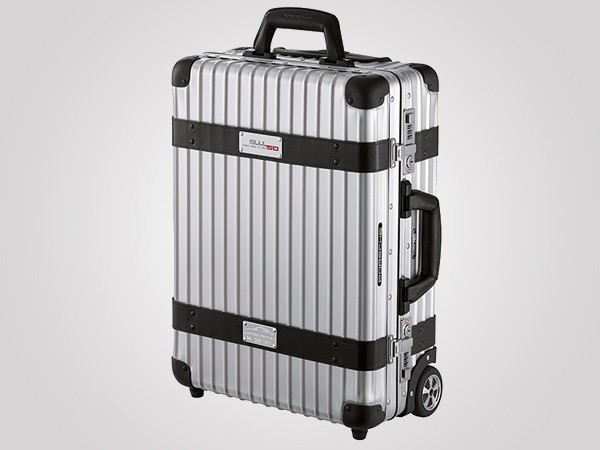
Metal suitcases are made from aircraft-grade aluminum, which was previously only used in aircraft construction. These are very robust and reliable models, they perfectly protect internal objects from external influences. Suitcases in size 'S' weigh about 4–5 kg, while items in sizes 'M' and 'L' weigh 5–6 kg.
Advantages
-
Corrosion resistance;
-
Protection of contents from moisture and fire;
-
Simplicity of care;
-
Durability;
-
High strength – the suitcase is difficult to damage, scratch or deform;
-
Good ductility;
disadvantages
- High price.
What should be the wheels and handles of a suitcase
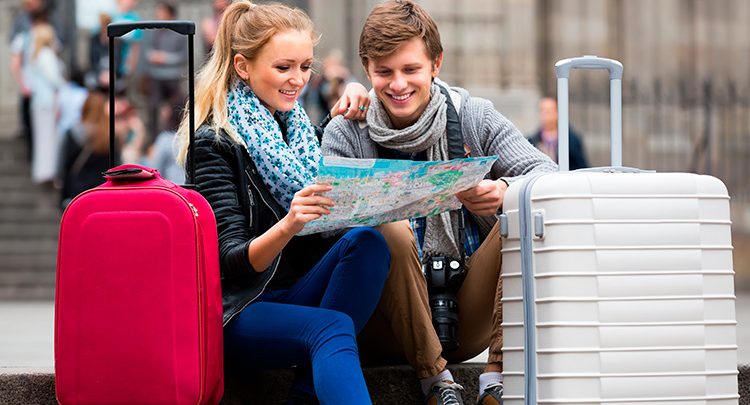
Wheels
When buying a suitcase, pay attention to the size of the wheels. The larger their diameter, the better the permeability. If you plan to 'roll' your travel bag only on level, ideal surfaces, models with small diameter plastic wheels are suitable for you. If your route will be laid on uneven roads, snow and off-road, it is better to choose large diameter polyurethane or silicone wheels.
When choosing, it is also important to consider the number of wheels.
Two-wheeled products
Two-wheeled models are difficult to maneuver, but have excellent cross-country ability. They ride well on asphalt and paving stones, overcome bumps and off-road. If the wheels have a large diameter, the passability is even better. In addition, the model with two wheels can accommodate more items than the products with four wheels.
The two-wheeled suitcase can only go back and forth, so you need to carry it with you using the long sliding handle. At the same time, about 25% of the weight of the product falls on the hands and back of a person. Therefore, many travelers who travel with heavy 'trunks' experience pain in the wrists, shoulders and back.
Four-wheel products
The four-wheeled models are easy to drive. Each wheel of such a suitcase rotates around its axis, like on a trolley in a supermarket. Therefore, it can be pushed in front of you and or pulled along, carried alongside and deployed in any direction.
Such suitcases travel well on flat roads and maneuver well in crowded places. They also allow you to carry a large amount of things, because there is practically no load on the shoulders and back, except when the traveler has to carry a suitcase. Such wheels do not drive well on off-road, snow, puddles, etc.
The wheels in these models are not recessed, so they break off more often compared to the 'recessed' wheels in two-wheeled products. Many travelers solve this problem simply – they lift a suitcase and carry it like a two-wheeled one. As a result, the service life of the product is greatly reduced, because not every model is designed for such operation.
If you want to use a four-wheeled model as a two-wheeled one, choose products with two large rear wheels and small front ones.
Do not buy suitcases whose wheels are on the same axle, they quickly lose their maneuverability and fail. Each wheel must have its own independent block, i.e. be attached separately to the frame.
A pen
When choosing a suitcase, pay attention to the handles. There should be several of them – preferably three.
-
First of all, the product must be equipped with a telescopic handle with a metal frame and an anti-slip handle. It 'hides' in the body of the suitcase, but when a special locking mechanism is started (by pressing a button), it extends to its full length. Some telescopic handles have three extensions, but this will reduce their lifespan.
-
Do not buy products with plastic telescopic handles – they will withstand temperature changes worse and break faster.
-
The suitcase should also have two handles located on the sides of the product. One of them is attached to the top of the product, and the second to the side. Thanks to this, you can wear the product in vertical and horizontal positions. The 'horizontal' handle will help you out if the extendable handle breaks.
-
Before buying a suitcase, make sure that you have a comfortable grip on all the handles – they should not slip or put pressure on your hand. Also check that they are well attached to the body of the product, for example with metal rivets or screws.
Choosing a suitcase fittings
Clasps
Latches and zippers can be used to close suitcases. Snap-on models are typically made from tough plastic and aircraft-grade aluminum, while PP and fabric models have a built-in zipper.
The latches allow you to tightly close the product and protect the contents from moisture, precipitation, cold and heat. Thanks to them, the temperature in the suitcase remains the same as when it was closed. Such fasteners are considered to be the strongest and most durable.
Zippers allow you to open and close a suitcase almost instantly. They can be made of plastic and metal. Metal fasteners often break at folds, while plastic fasteners have better elasticity, so they can withstand a large number of trips. Some models are equipped with rubberized buckles that protect things from heavy rain and dust. But rubber rims can freeze and crack when exposed to cold temperatures.
When shopping for a suitcase, make sure the zipper is wide enough, with coarse teeth and a pawl. This clasp will last longer. In this case, it is important that the slider glides smoothly over the ribbons.
Locks
Snaps and some zippers can be equipped with:
-
Built-in locks;
-
Padlocks;
-
TSA locks.
The built-in coded locks cannot be lost and damaged. They protect the contents of the suitcase well from burglary. Padlocks can scratch the product and are often damaged by airport conveyor belt systems.
TSA system locks should be used if you are planning a trip to the USA, Canada or Israel. At the airport, all luggage is screened before it gets on board. If the suitcase seems suspicious to the security personnel, it is opened without the presence of the owner. For this, a special TSA universal key is used. If the lock on the suitcase does not have the TSA mark (red diamond), it is simply cut out and the contents of the baggage are checked. However, no one is responsible for damage to the product.
How to choose a suitcase. Attention to tailoring and quality of fasteners
When choosing a product, pay attention to the quality of tailoring of the product. If the threads stick out somewhere or the seams are crookedly stitched, you should refuse to buy. Also make sure that the handles and wheels do not dangle or rattle, and that the bottom of the product is tight and rigid. Zippers, locks and latches should open and close quickly, with no extra effort on your part.
Attention! This material is the subjective opinion of the authors of the project and is not a purchase guide.

